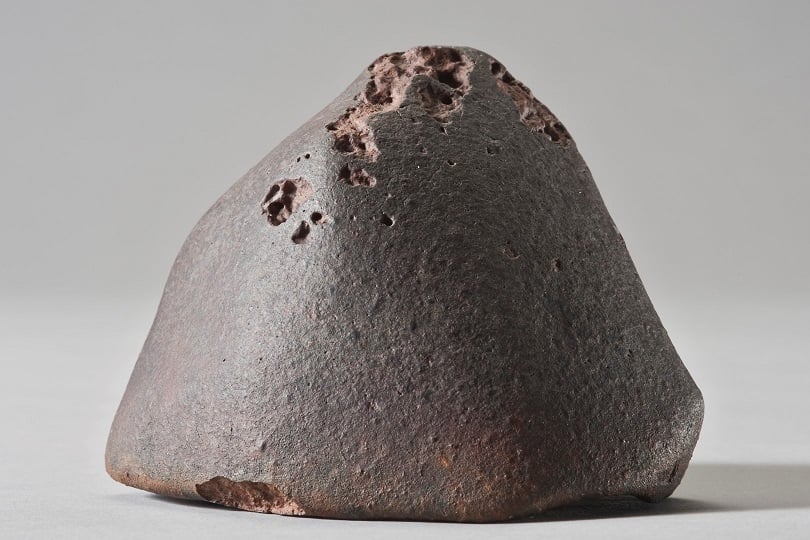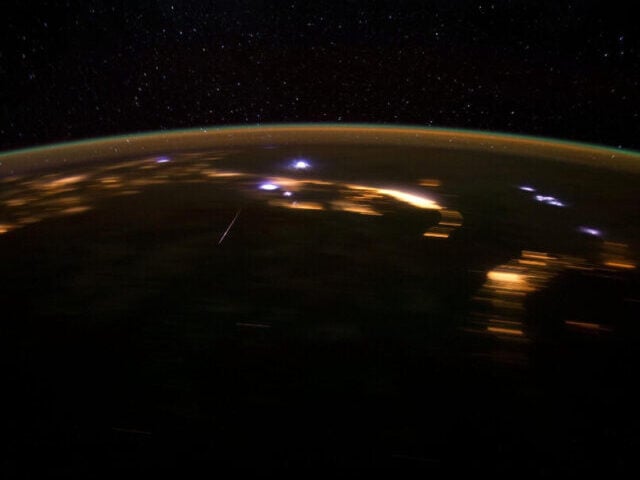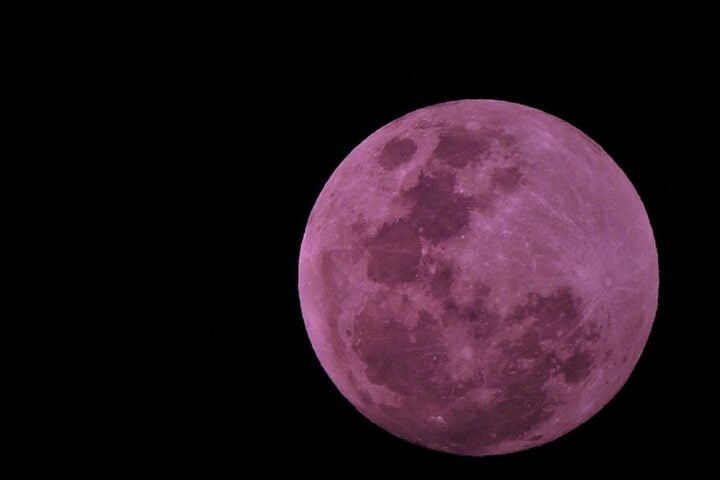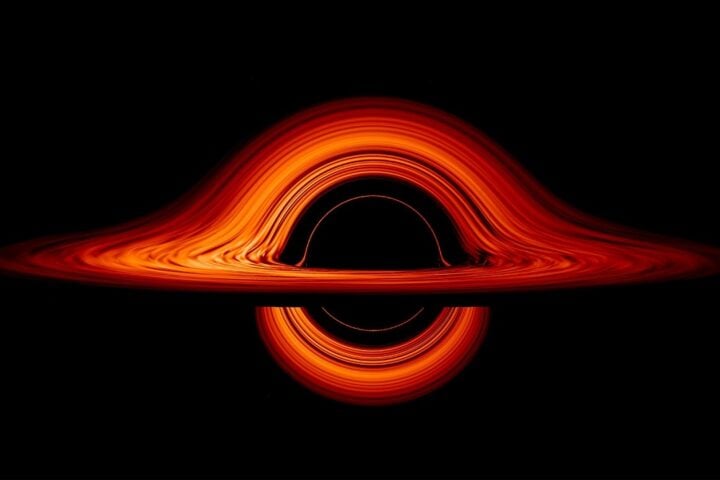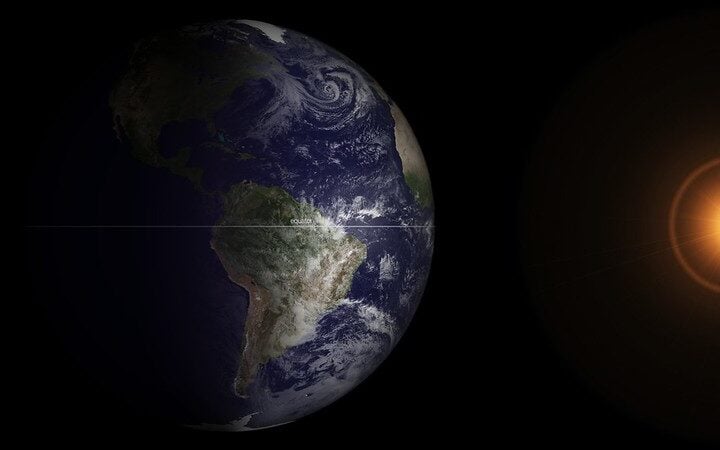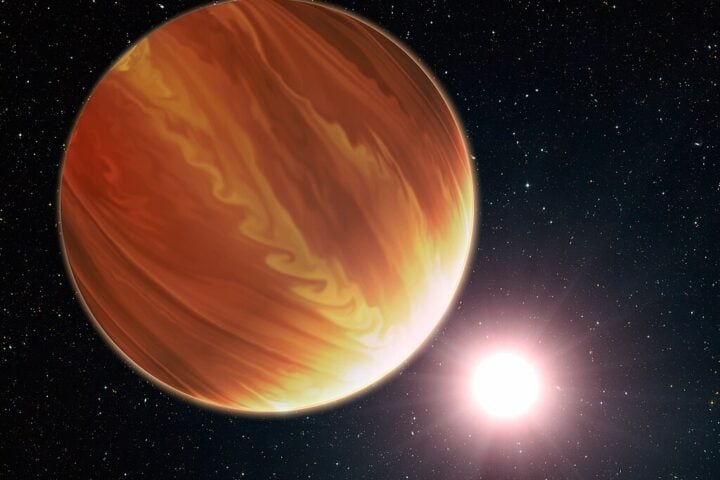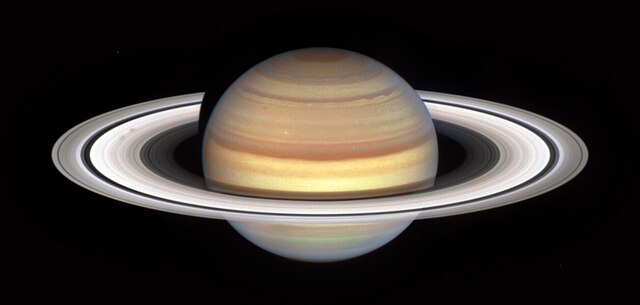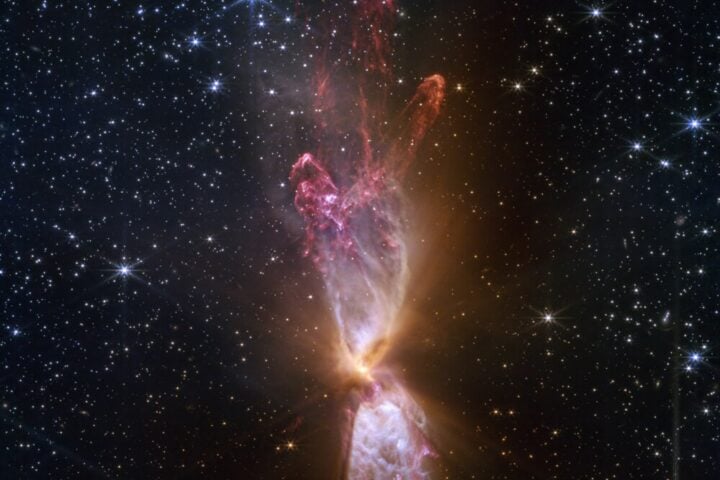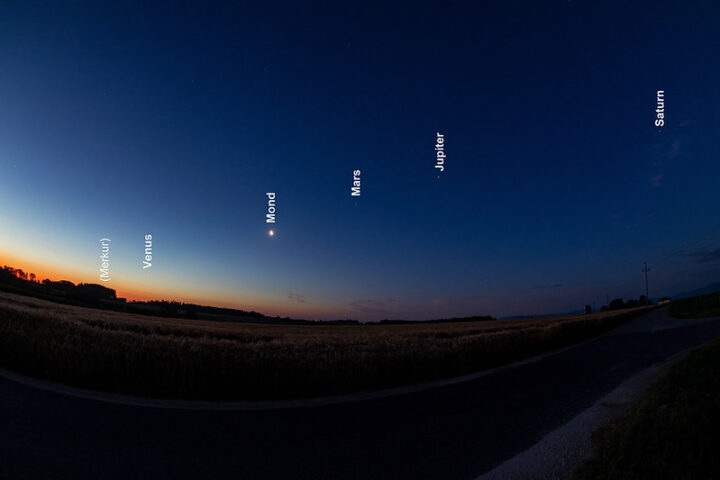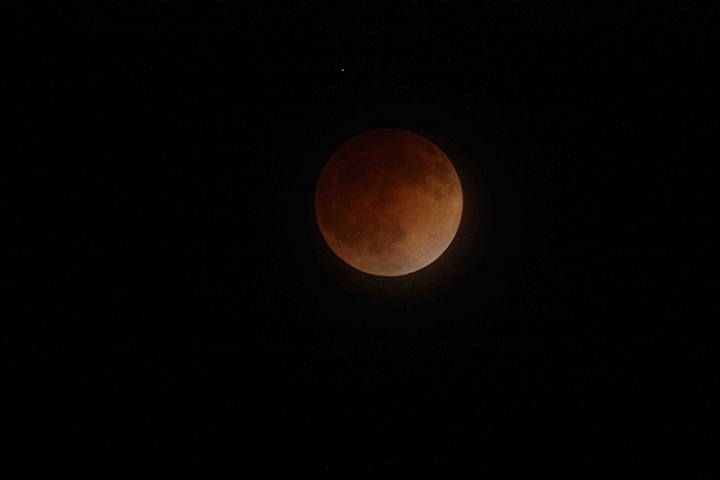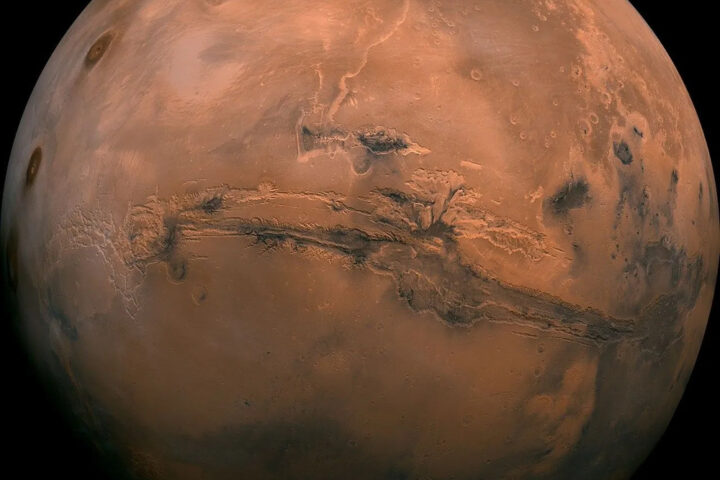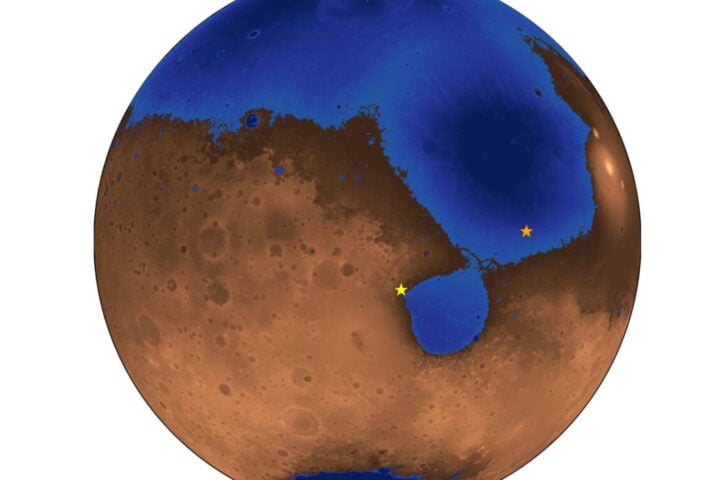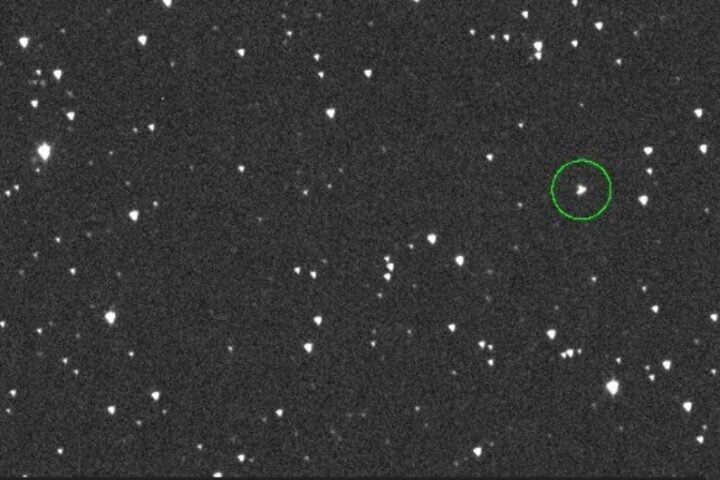Scientists have identified the main asteroid belt, between Mars and Jupiter, as the primary source of meteorites that reach Earth. Now, an international study reveals that three families of young asteroids, Karin, Koronis, and Massalia, are responsible for 70% of the meteorites that reach the planet.
Earth is constantly receiving meteorite impacts, although most burn up in the atmosphere before reaching the ground. However, when a larger meteorite is attracted by Earth’s gravity, it can have disastrous consequences for life on the surface, as per the experts.
Using a telescopic study to determine the composition of the main asteroid families in the main asteroid belt and utilizing computer simulations to map the collisions and evolution of these families, researchers were able to reveal which three families most likely provide the vast majority of Earth’s meteorites.
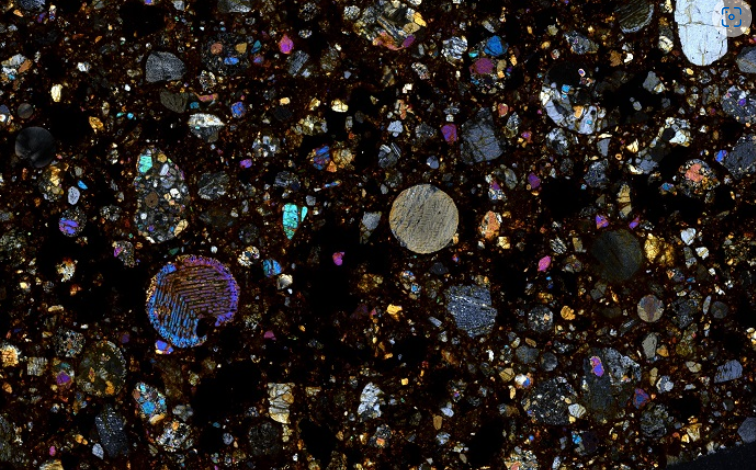
The asteroid families in question were formed by collisions in the main asteroid belt 5.8, 7.5, and 40 million years ago, respectively. The Massalia family is responsible for 37% of known terrestrial meteorites. Previously, only 6% of meteorites’ origins were known, coming from the Moon, Mars, or Vesta. This discovery solves the mystery of the origin of the remaining 94%.
Young asteroid families are more likely to produce meteorites due to their greater quantity of fragments, which can escape the main belt and head toward Earth. Over time, these families age and lose fragments, becoming a minor source of meteorites.
Similar Posts
70,000 meteorites have been found on Earth. Another discovery, the asteroids Ryugu and Bennu that we visited through two space probes – samples were brought back to Earth. These two asteroids come from the same family: they were born from the same impact.
Michaël Marsset, researcher at the European Southern Observatory, explained that recent activity in the asteroid belt is influencing the flow of meteorites to Earth. Charles University in Prague, an astronomer Miroslav Brož said, “It is a group of asteroids which have similar orbits because they were fragments created during a collision between two asteroids.”
The predominance of young asteroid families is due to the fact that, after their collisions, many smaller fragments remain that face a high risk of colliding with each other, sending some of that debris toward Earth. Michaël Marsset says that Massalia collisional family is the only plausible source of this catastrophic event and the most abundant class of meteorites falling
Meteorites offer clues about the mysteries of the solar system. Studying them allows scientists to gain insight into the early years of Earth and its neighboring planets. Marsset explained that meteorites preserve information about the early protoplanetary disk, helping to reconstruct compositional and thermal gradients from that period.
